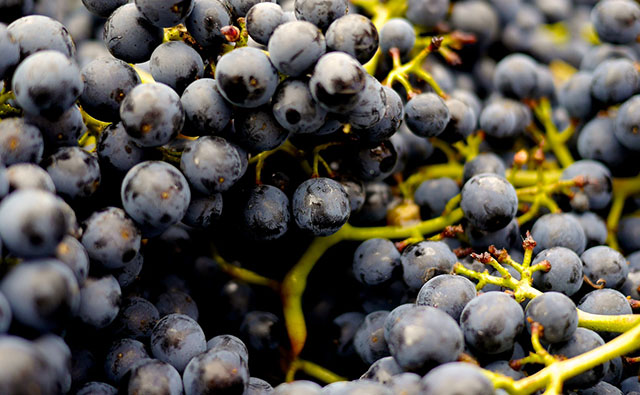Industry News
WHAT IS TRANSPIRATION? AND WHY SHOULD WE KNOW ABOUT IT?

Industry News

Plants have many important functions, like making leaves, making flowers and seeds, growing, storing starches in the roots etc, but we humans are usually unaware of the vital function of transpiration.
It is estimated that 98% of a plants energy is used in the work of transpiration. How does this process work? and why is it so essential to a plant?
Water moves from the soil into plant roots, up through the sapwood into the leaves. The water, warmed by the sun, turns into vapor (evaporates), and passes out through thousands of tiny pores (stomata) mostly on the underside of the leaf surface. This is transpiration. It has two main functions: cooling the plant and pumping water and minerals to the leaves for photosynthesis.
Plants need to cool themselves for several reasons. When temperatures are too high, energy systems (metabolic functions) slow, and growth and flowering slows or stops. In extreme heat, plants are severely stressed and can die. Sometimes heat will cause bubbles to form that block the flow of water, leading to dehydration. Transpiration is an evaporative cooling system that brings down the temperature of plants, but since it leads to water loss, it must be accurately regulated. The ingenious system that regulates this function consists of a guard cell on each side of the tiny pores (stomata). When water moves into the guard cells, they swell and arch open; as water moves out, the guard cells relax and close. The guard cells are sensitive to light intensity, temperature, wind, relative humidity and carbon dioxide concentrations inside the leaf.
The stomata (pores) must open to take in carbon dioxide for photosynthesis (especially important on mornings of sunny days). And the more they are open, the more plants transpire and lose water. So watering plants early in the morning will support plant energy, especially on hot summer days.
What causes water to rise up through a plant (sometimes 100 feet or more) against the force of gravity? This is achieved by the pumping action of transpiration, which is another ingenious system. It depends on the tiny (capillary) xylem water channels, the extremely strong cohesive (bonding) properties of water molecules, and a sucking force created when water at the top of the channels evaporates. Like sucking on a soda straw, transpiration causes a negative pressure which lifts the column of water to the leaf surface.
As plants transpire, the soil becomes dryer. Then in summer, if the soil becomes very dry, plants cannot transpire enough to keep cool. In desperation plants may start losing leaves or completely defoliate as a way to keep transpiration from dehydrating the plant. Here in the West, in order to help our plants keep cool and keep them photosynthesizing, we can give them extra water in the hottest, driest months. We can plant wind breaks and trees and shrubs that will offer a little shade, and we can mulch to keep soil moisture from evaporating. Evergreens, especially broadleaf evergreens, are very vulnerable to the West’s intense winter sun. Because they have leaves, they continue to transpire in the winter, and can dehydrate. This is especially true for any evergreen that is planted in the fall, but critical for fall-planted ball-and-burlap evergreen trees. So water evergreens once or twice a month in winter.
Transpiration is an elegant, sustainable natural design that performs its vital functions without electricity, without fossil fuels and without moving parts. It does not pollute or use excessive resources. It actually adds moisture to the atmosphere and contributes to rainfall.
References: Plant Survival by Brian Capon; Reaching for the Sun by John King; Dictionary of Botany-Ed. Elizabeth Tootill